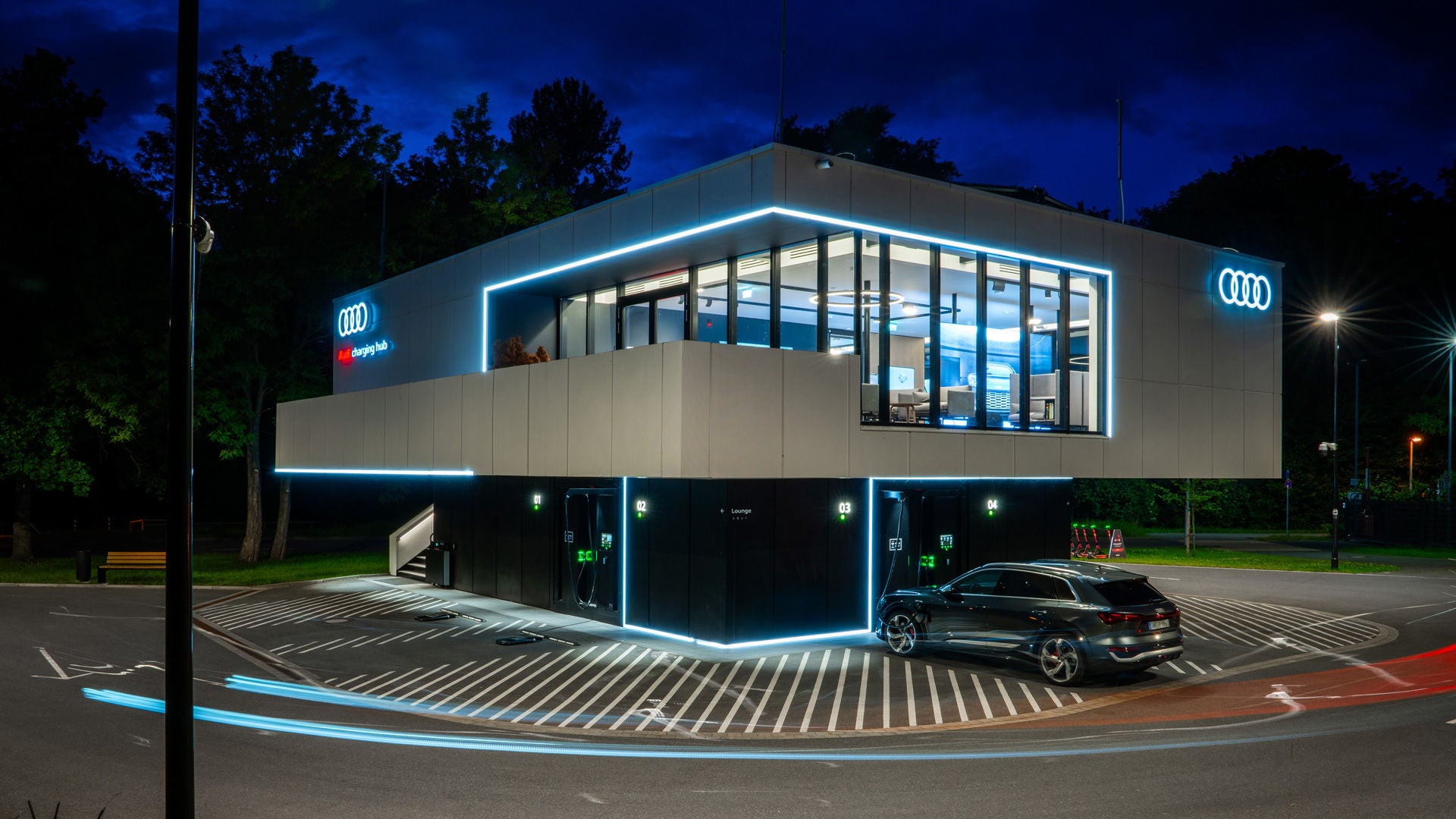
E-Mobility
For Audi, the future of mobility is electric. And the Audi e-tron models are already demonstrating how Audi is putting electric mobility on the road at a premium level with evocative design, superior quality, and innovative technology. Vorsprung durch Technik in a new age of mobility.


